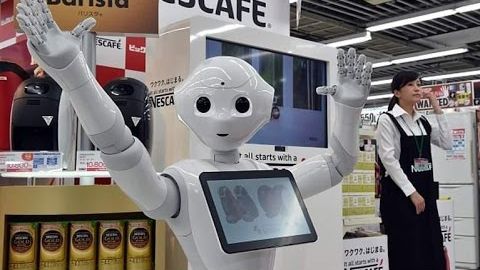
Subtitles & vocabulary
CES 2015 The Robots Moving In To Your House - Robots Take Over Las Vegas
00
Peter Yang posted on 2015/01/18Save
Video vocabulary
life
US /laɪf/
・
UK /laɪf/
- Noun (Countable/Uncountable)
- All the living things e.g. animals, plants, humans
- Period of time things live, from birth to death
A1
More set
US /sɛt/
・
UK /set/
- Adjective
- Prepared for something; ready
- Fixed; not able to be changed.
- Transitive Verb
- To make a clock state or ring at a particular time
- To decide upon or choose something
A1TOEIC
More explain
US /ɪkˈsplen/
・
UK /ɪk'spleɪn/
- Transitive Verb
- To make clear or easy to understand by describing
- To give a reason for something.
A1TOEIC
More device
US /dɪˈvaɪs/
・
UK /dɪˈvaɪs/
- Noun (Countable/Uncountable)
- Object, machine, or equipment for a specific use
- Method of doing something; a way
A2TOEIC
More Use Energy
Unlock All Vocabulary
Unlock pronunciation, explanations, and filters
